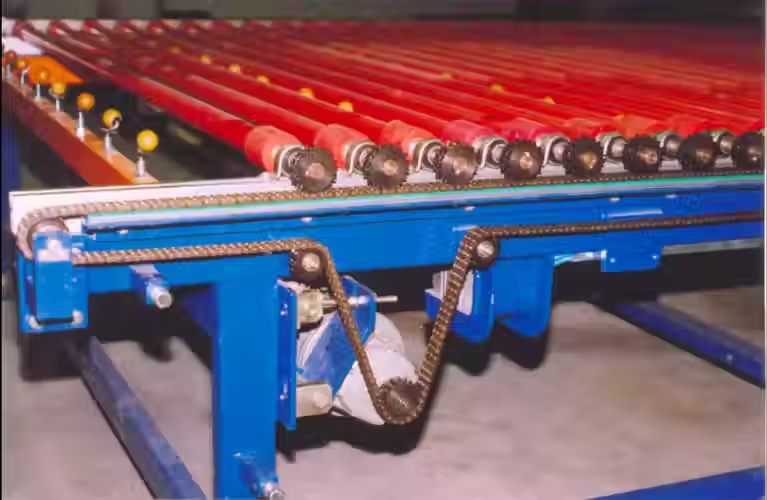Automatic Vibration Feeder
- Jaswanth srinivas
- Nov 25, 2024
- 2 min read
Automatic Vibration Feeder
An Automatic Vibration Feeder is an advanced device used for the automated handling and feeding of materials in manufacturing, packaging, and industrial processes. It employs vibrating motions to move materials in a controlled manner, ensuring precision and efficiency in production lines. This technology is widely used in industries such as automotive, food processing, electronics, pharmaceuticals, and packaging.
Key Features of an Automatic Vibration Feeder
Vibration Mechanism:The feeder uses vibratory motion, typically generated by electromagnetic or motor-driven mechanisms. This motion helps transport materials along a defined path without manual intervention.
Customization:These feeders can be tailored to handle different materials, ranging from granular substances to large, irregularly shaped parts. Customization may include adjusting the vibration frequency, amplitude, and feeding speed.
Material Compatibility:The feeder can process a variety of materials such as powders, granules, chips, or small assembly components. It is designed to handle delicate items without causing damage.
Automated Control:Many vibration feeders integrate sensors and controllers to manage the feeding process. Automated control ensures consistent flow rates, reduces wastage, and minimizes manual supervision.
Advantages of Using an Automatic Vibration Feeder
Enhanced Efficiency:Automation eliminates the need for manual feeding, increasing production speed and reducing labor costs. Continuous and consistent material flow minimizes downtime in production lines.
Precision:Vibratory feeders ensure uniform and precise feeding of materials. This is crucial in industries like electronics and pharmaceuticals, where accuracy is critical.
Versatility:The device is suitable for a wide range of applications, from filling containers to positioning components in assembly lines. Its adaptability to different materials and processes makes it a versatile solution.
Durability and Low Maintenance:Constructed with robust materials like stainless steel or aluminum, vibration feeders are designed to withstand harsh industrial environments. They require minimal maintenance, further reducing operational costs.
Environmentally Friendly:By reducing material wastage and optimizing feeding processes, these feeders contribute to sustainable and eco-friendly manufacturing practices.
Applications of Automatic Vibration Feeders
Assembly Lines: Feeding parts like screws, caps, or fasteners in automotive and electronics manufacturing.
Food Processing: Handling grains, nuts, or other food products in a hygienic manner.
Packaging: Ensuring steady material flow for filling machines or packing systems.
Pharmaceuticals: Feeding tablets or capsules into packaging machines with high precision.
Recycling Plants: Transporting and sorting materials like plastic or metal scraps.
Conclusion
An Automatic Vibration Feeder is a vital component in modern industrial operations. By automating the material handling process, it improves productivity, enhances precision, and reduces costs. Its adaptability and durability make it an indispensable tool across diverse industries. Investing in a high-quality vibration feeder can significantly streamline operations, ensuring long-term benefits for businesses.




Comments